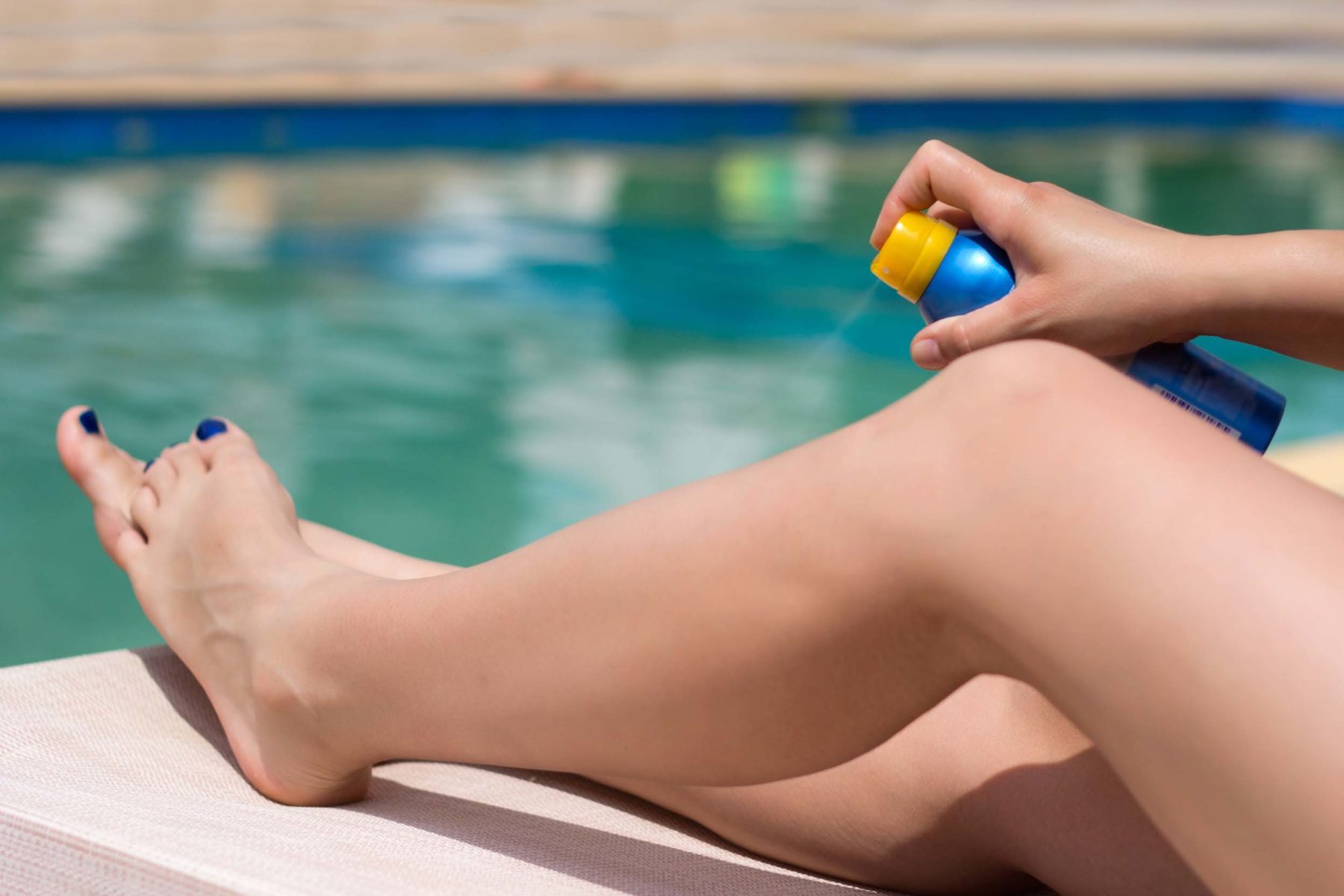The SPF Factor

Sunscreen has an extensive resume. First off, it protects against uncomfortable and painful sunburns that can peel and blister as well as prevents those cosmetic things like freckles, dark spots, and wrinkles. Most importantly, sunscreen shields us from those harmful UV rays that can cause skin cancer. But in order for sunscreen to do its job, you need to use it correctly.
Sun Protection Factor
Sun Protection Factor, or SPF, is a relative measure of how long a sunscreen will protect you from Ultraviolet rays. SPF levels can range from five to 150 these days…but is bigger always better? The American Academy of Dermatology recommends using a sunscreen with an SPF of 30 or higher for sun protection—this includes all skin tones and types, as the ADA does not have any recommendation for different SPF levels according to skin tone. So whether you are more fair-skinned or olive-complected, you should still be using at least a 30 SPF sunscreen and reapplying every two hours.
Timing Is Everything
Sunscreen needs time to absorb before it can protect you from sunburn. It takes approximately 15 minutes for skin to absorb sunscreen, so make sure to allow enough time to let it soak in before heading outdoors. Also, be sure you are checking the expiration date before using that bottle of Coppertone you bought a couple summers ago; expired sunscreens lose their effectiveness.
Application Matters
If you’ve ever experienced sunburn even after applying sunscreen, it’s mostly likely you weren’t using enough. The ADA recommends most adults apply at least one ounce (about enough to fill your palm) of sunscreen in order to be fully protected. It should be applied to all bare areas of skin, including ears, hands, feet, lips, and scalp. Wide-brim hats are great for protecting your neck, ears, face, and head.
Not All Sunscreen Is Created Equal.
Also according to the ADA, there are several key things you need to be looking for on your sunscreen label. Make sure it’s “broad spectrum.” This just means you’re using a sunscreen that protects from both types of harmful UV rays, UVA and UVB. Make sure it’s also “waterproof.” This is crucial for those who will be sweating and swimming—we know Austinites will be doing both in the brutal Texas heat this summer. Also, as with all types of sunscreen, make sure you’re reapplying. Most waterproof sunscreens only lasts for 40–80 minutes.






